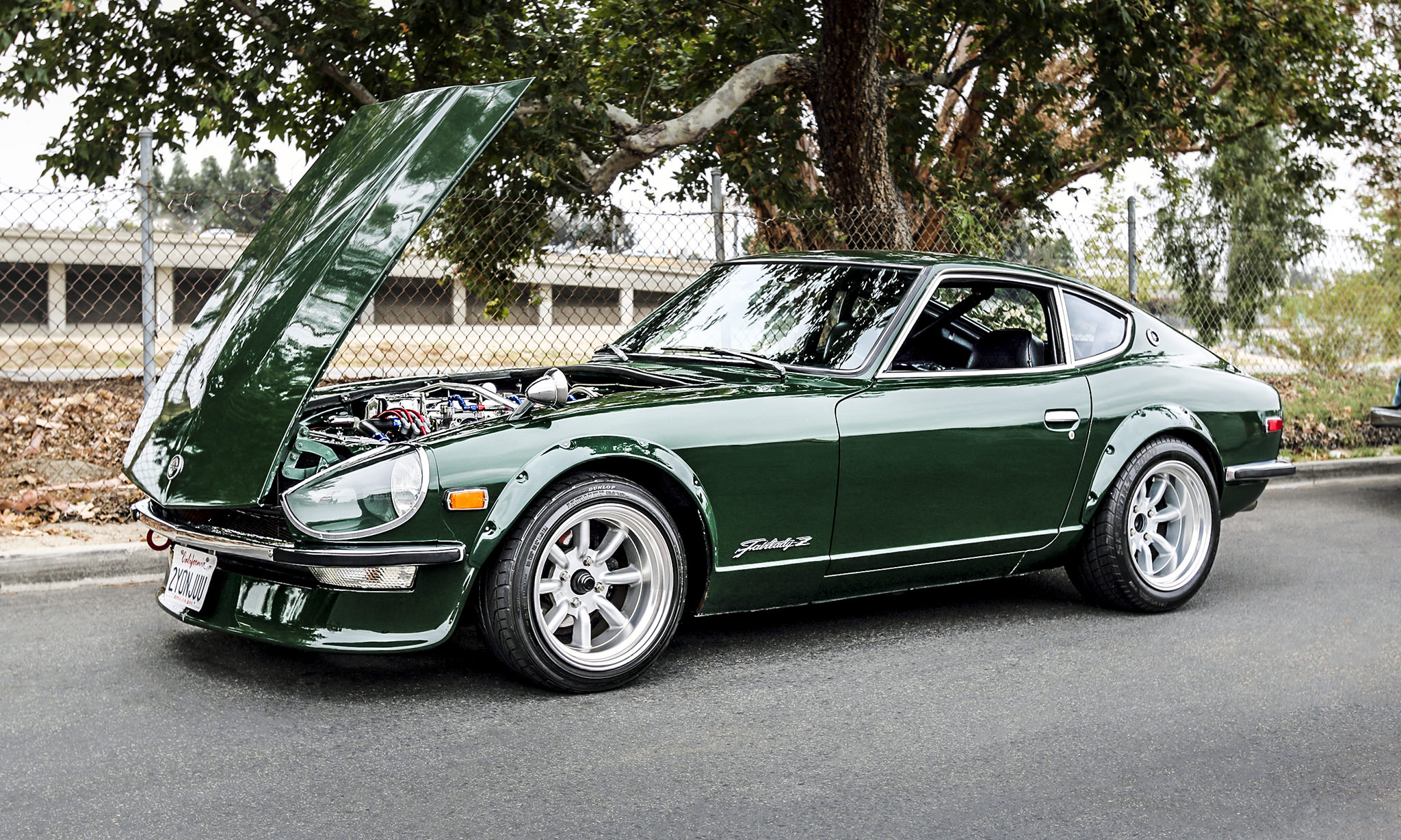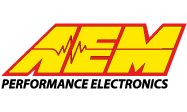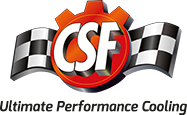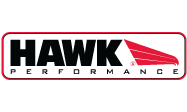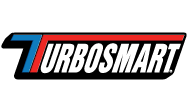Motorsport Auto recently held their annual Z Bash three-day event, which begins with the Friday Kickoff and Garage Sale and ends with the grand finale taking place at Willow Spring Streets of Willow Raceway for Sunday’s road racing excursion. What began originally as the Motorsport Auto Z-Car West Coast Nationals and was conceived as a thank you to their customers has slowly evolved into Z-Bash, which has continued to grow as they celebrate the event’s 20th anniversary this year.

The Friday get-together was held at Motorsport Auto’s headquarters as a meet-and-greet for fellow Z owners, and attendees were offered many discontinued and hard-to-find parts. Saturday was reserved for the big Z-Bash Car Show held at the Angel Stadium of Anaheim in its massive parking lot. Z-Cars, roadsters, 510s, Skylines, and GTRs came early to the event with their prized possessions in hopes of securing a prime parking spot.

This year’s Z Bash event and car show had deeper meaning to the owners and employees of Motorsport Auto, as they remembered one of their own. The event served as a memorial show for their 17-year-employee, Abraham DeGalicia, who recently passed away after a brave battle with liver cancer. His legacy lives on through his ’72 240Z. Friends and family – including the entire staff at Motorsport Auto – continued his dream of completing his Z, finishing it off in the orange paint that Abraham had always envisioned; Abraham was able to see the completed build prior to his passing. The entire DeGalicia family was present at the show, alongside the Z and Motorsport Auto owners Sandra and Greg Smith.
Born in Buenos Aires, Argentina, Hector Cademartori was raised on all things Ferrari – and where race car driver Juan Manuel Fangio was considered a household name. So when it came time to build his very own vehicle, Hector took his inspirations and infused it into a ’73 240Z he nicknamed the “Ferratsun”. Half Ferrari and half Datsun, the front end was modified to make it look like a Ferrari 375 Mille Miglia from the ’50s.
Hector added a few cosmetic touches to the hood and side panels as well as the tail section and lighting. If his name rings a bell, you’re not alone. He is an accomplished motor racing artist; his work includes an impressive clientele including Laguna Seca Raceway, California Speedway and the Carrera Panamericana posters. He’s completed artwork for the NHRA, national and domestic automobile and motorcycle magazines, motorcycle manufacturers such as Kawasaki USA, American Honda and Yamaha USA, Toyota Motorsports, and TRD. He’s also designed various shirts and posters for Motorsport Auto over the years.
Ron Carter is no stranger to the Datsun world. He’s owned at least one Datsun or Nissan for the last 25 years.
“This ’67 ½ Datsun 2000 Roadster is number 305 of 1,000 2-liter cars manufactured. Of those 1,000 there are only 75 documented roadsters that still exist today. Of those 75, only five of them are known to have documented historical racing provenance dating back to 1967 – and this is one of those five,” says Carter.
“I have raced my Datsun Roadster for the last 9 years with GRL, HMSA, VARA and SVRA, formerly HSR-West,” Carter says.
Historical records show that this car was raced by its original owner from ’67 to ‘70 in C/Production and ’70 to ’81 in D/Production. Believe it or not, prior being campaigned at various SCCA events this roadster was originally drag raced at Jackson Raceway.
The 2000cc Datsun U20 Motor has dual Solex 44mm carbs, Solex “C” cam, 12.5:1-compression Ross pistons, BRE header, Carillo rods, and ARP hardware. A remote BRE oiling system and Accusump keep the lubrication flowing throughout the engine. The live axle differential uses a Nissan/Datsun Detroit Locker and a Panhard rod to keep it in place. An ultra-close-ratio five-speed overdrive steel synchromesh roadster competition transmission is used, and the suspension includes Nismo springs front and rear, Koni dampers at all four corners, and a 7/8-inch-thick front sway bar.
The braking system is run through dual master cylinders with a proportioning valve for the rear brakes. The front rotors are slotted, with KFP Gold pads in the front and Green stuff shoes in the rear and braided brake lines throughout. Panasport Racing lightweight wheels with Toyo 205-50-15 radial tires complete the handling equipment. Instruments are vintage Stewart Warner gauges and include oil and water temperature, oil pressure, and fuel pressure. The fuel system uses a Fuel Safe 10 gallon tank mounted in the trunk, a Fram canister fuel filter, and an electric fuel pump set at 3.75 psi pressure. Owing to its racing heritage, a Lexan windshield and Halon fire system keep the driver safe in the event of an incident, with an Ultrashield racing seat and Impact Racing harness onboard as well. The fuel, oil and brake lines are plumbed with AN hardware throughout.
In conjunction with this year’s car show, the Z Bash event also included a Dyno challenge. The DynoJet dyno testing on Saturday at this year’s event offered participants a chance to spin the dyno to see how much power their car makes. One car in particular drew show spectators scurrying to see what was unfolding as thick plumes of smoke engulfed the sky.
Lo and behold, it wasn’t some coal-rolling special, but simply a turbocharged Z with its original L28 engine. I was convinced that it was blown or ready to blow with every pass but after a few more smoke-filled runs, this rat rod belted out a best pull of 353 horsepower and 330 pound-feet of torque.
This Phantom Z Sports Wagon with its fixed-roof coupe design was among the interesting and rare vehicles attending the event. In the mid ’60s – before the first generation Fairlady Z, known as the Datsun 240Z – debuted in the United States, Mr. Yoshihiko Matsuo and his design team already had concept cars for the next generation of Fairlady, known as the Datsun Roadster.
Although the Datsun 240Z “Sport Wagon” one-off custom was never put into production, Jay Ataka, a Z restoration expert, created his custom car based on the original design with the help of original designer Matsuo-san.
Dubbed “Hakotara”, this hybrid Datsun has quickly risen to import car stardom in a short time. Most notably, the ’74 Sunny pickup truck with its Hakosuka Skyline GTR front end was showcased recently on Jay Leno’s Garage. With over 400 wheel horsepower on tap, the SR20DET-powered Frankenstein was custom-fabricated from the suspension to the exterior work, with the help of Design Craft Fabrication and Chasing Js.
Custom 09 Racing fender flares keep the generously-sized Volk Racing TE37V wheels and Toyo R888 tires under the fenders, while a custom carbon fiber bed floor was designed to offer some visual aesthetics. A set of JDM fender mirrors pay tribute to this JDM themed car. It’s noteworthy that this vehicle was built in just three months prior to its unveiling at the 2015 SEMA show – and it hasn’t stopped turning heads since.
This stunning Pearl Yellow machine was built from the ground up in Taka Sato’s personal garage. Laid out on a set of Star Road’s Glowstar wheels, the exterior of the car consists of Marugen Shoukai ZG-Type fender flares sprayed in House of Kolor Galaxy Grey. Additional upgrades include a set of JDM fender mirrors, the BRE competition rear spoiler, euro bumpers, and a Xenon front lip. The thirsty L28 engine was punched out to 3.2-liters of displacement and is fed through triple Mikuni 44 carburetors. An Isky camshaft was dialed in using a Tomei cam sprocket, while a Pace Setter header helps to expels spent fumes though a Fujitsubo exhaust. The final touches include a House of Kolor Passion Purple Pearl valve cover which offers the perfect color combination to this nostalgic Z.
The Uncommon Friends Racing ’71 240Z is a numbers-matching barn find that Bruce Mills purchased and transformed over the years. The motor is stock and the carbs and distributor were rebuilt by Rebello Racing. Autopower was commissioned to install a custom roll cage. An 18-gallon ATL fuel cell is mounted towards the passenger side floor. Wondering what’s up with the large fuel cell? This car runs in endurance competitions such as the Chump Car World Series; these events range from seven to 36 hours in length and constant pitting for fuel can mean the difference between finishing in first or last place.
